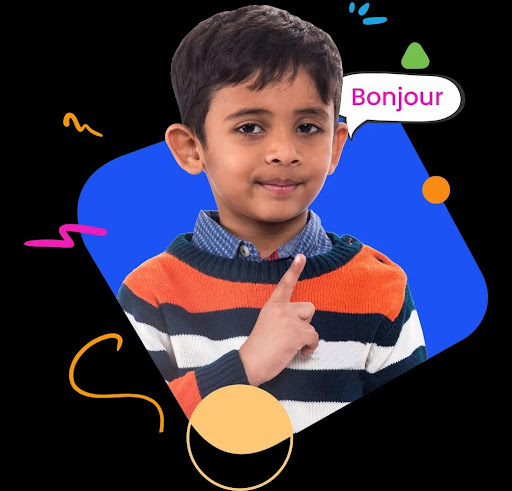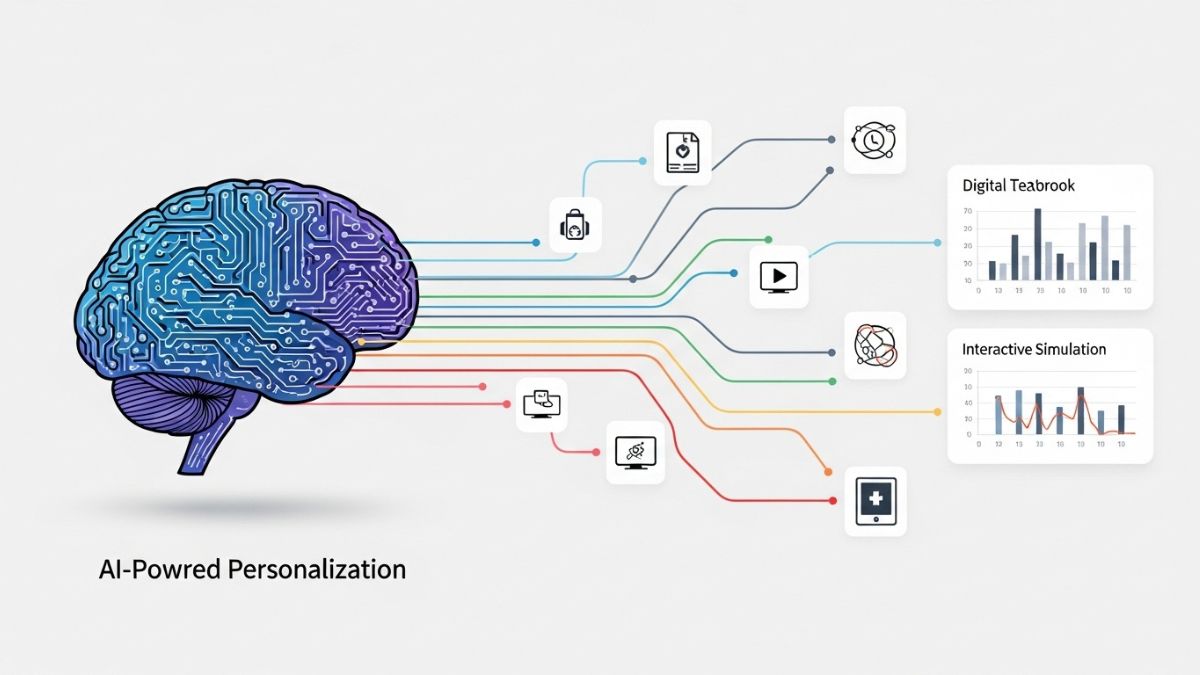French Language Learning for Kids is more than just a linguistic endeavor; it’s a gateway to cognitive development, cultural appreciation, and future opportunities. Introducing children to French at an early age can set the foundation for lifelong benefits.
The Cognitive Advantages of Early French Learning
Children’s brains are exceptionally receptive to new languages, making early childhood an ideal time to introduce French. Research indicates that bilingual children often exhibit enhanced problem-solving skills, better multitasking abilities, and improved memory retention. These cognitive benefits stem from the mental flexibility required to switch between languages, which strengthens executive functions in the brain.
Moreover, learning French can bolster a child’s understanding of their native language. By comparing linguistic structures, children gain a deeper insight into grammar and vocabulary, enhancing their overall language proficiency.
Cultural Enrichment Through Language
French is not just a language; it’s a window into diverse cultures spanning Europe, Africa, the Caribbean, and parts of North America. By learning French, children gain access to a rich tapestry of literature, art, music, and traditions. This cultural immersion fosters open-mindedness and a global perspective, encouraging children to appreciate and respect cultural diversity.
Engaging with French culture can also be a fun and interactive experience. Children can enjoy French songs, cartoons, and stories, making the learning process enjoyable and memorable.
Practical Strategies for Teaching French to Children
Introducing French to children doesn’t require fluency from parents. Here are some effective methods to incorporate French learning into daily routines:
1. Interactive Play and Games
Children learn best through play. Incorporate French into games like memory matching with French vocabulary cards or simple board games with French instructions. This approach makes learning dynamic and engaging.
2. Music and Songs
French nursery rhymes and songs are excellent tools for language acquisition. Melodies aid in memorization, and repetitive lyrics help reinforce vocabulary and pronunciation.
3. Storytime with French Books
Reading French children’s books introduces new vocabulary and sentence structures. Start with bilingual books that provide English translations to aid comprehension.
4. Labeling Household Items
Place labels with French words on common household items. This constant visual exposure helps children associate words with objects, reinforcing their vocabulary.
5. Utilizing Educational Apps
There are numerous apps designed to teach French to children through interactive lessons and games. These apps often include features like pronunciation guides and progress tracking to support learning.
Long-Term Benefits of Bilingualism
Beyond immediate cognitive and cultural advantages, learning French opens doors to future academic and career opportunities. Bilingual individuals often have access to a broader range of educational programs and job prospects. In many fields, proficiency in a second language is a valuable asset, enhancing communication skills and cultural competence.
Furthermore, bilingualism has been linked to the delayed onset of age-related cognitive decline, suggesting that the benefits of learning French extend well into adulthood.
Conclusion
Embracing French Language Learning for Kids is an investment in their cognitive development, cultural awareness, and future success. By integrating French into everyday activities through play, music, reading, and technology, parents can create an enriching language-learning environment. Starting early maximizes the benefits, setting children on a path to becoming confident, culturally aware, and cognitively agile individuals.











